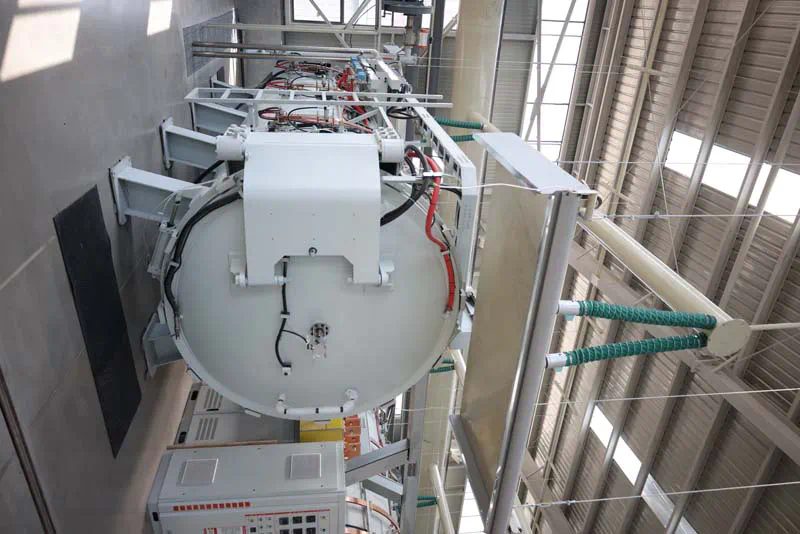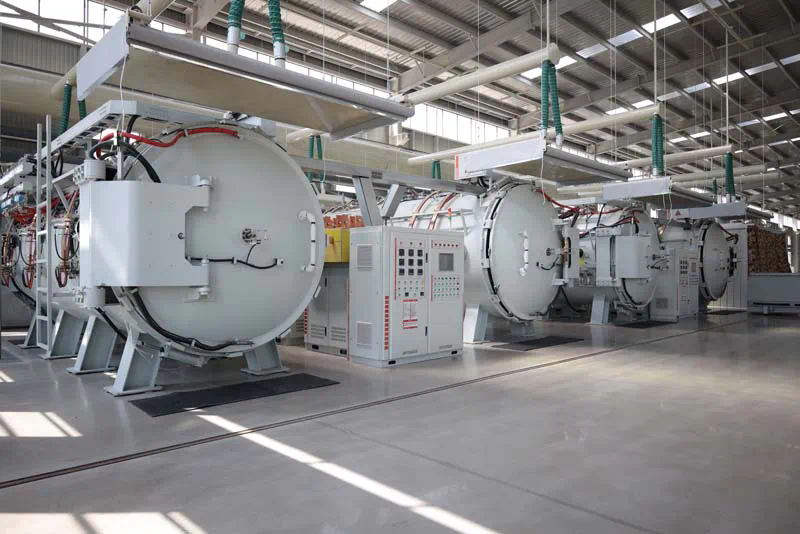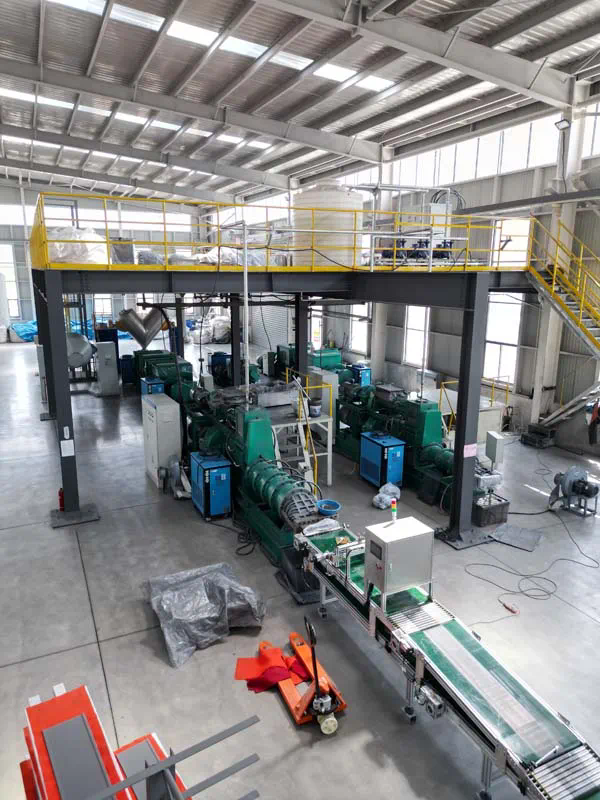Silicon Carbide (SiC) has emerged as a promising material for enhancing the efficiency and durability of solar cells. Its unique properties make it a viable Silicon Carbide Support Rod And Support Beam candidate to revolutionize the solar energy sector. This article explores the various aspects of SiC’s application in solar cells, from its fundamental properties to current research and future prospects.
Properties of Silicon Carbide
SiC is known for its exceptional thermal stability, high breakdown electric field strength, and excellent mechanical properties. These characteristics make it highly suitable for harsh environments and high-power applications, such as solar cells. Unlike traditional silicon-based solar cells, SiC can withstand higher temperatures and radiation levels without significant performance degradation. This property alone extends the operational lifespan of solar panels in space and terrestrial applications.
Enhancing Solar Cell Efficiency
One of the key advantages of SiC in solar cells is its ability to improve efficiency. SiC-based devices exhibit lower power losses due to reduced leakage currents and improved carrier mobility compared to silicon. This efficiency improvement translates into higher energy yields from solar installations, making SiC an attractive option for both residential and commercial solar energy systems.
Durability and Reliability
Solar cells based on SiC are inherently more durable and reliable. The material’s robustness against environmental stressors such as moisture, temperature fluctuations, and UV radiation ensures longer operational lifetimes with minimal maintenance. This durability is crucial for reducing the overall cost of solar energy production and increasing the reliability of renewable energy sources.

Current Applications and Research
Currently, SiC is primarily used in high-power electronics and electric vehicles due to its efficiency and thermal performance advantages. In solar cell applications, ongoing research focuses on optimizing SiC’s interface properties with other materials to enhance light absorption and charge carrier separation. Innovations in nanotechnology have also paved the way for integrating SiC nanoparticles into solar cell designs, further improving efficiency and reducing manufacturing costs.
Challenges and Future Directions
Despite its promising characteristics, widespread adoption of SiC in solar cells faces several challenges. The cost of manufacturing SiC-based solar cells remains relatively high compared to traditional silicon technologies. Researchers are actively working to overcome these cost barriers through advancements in production techniques and scaling up manufacturing processes. Additionally, optimizing the integration of SiC into existing solar panel designs requires continued research into material compatibility and performance under varying environmental conditions.

Environmental Benefits
From an environmental perspective, SiC-based solar cells offer significant advantages. The higher efficiency and durability of SiC reduce the environmental footprint associated with solar panel manufacturing and disposal. Moreover, the increased energy yield from SiC-based solar installations contributes to a more sustainable energy transition by reducing reliance on fossil fuels and mitigating greenhouse gas emissions.
Conclusion
In conclusion, Silicon Carbide holds immense potential for transforming the cdn cgi email protection solar energy industry. Its superior properties in terms of efficiency, durability, and reliability make it a frontrunner for the next generation of solar cells. While challenges such as cost and scalability remain, ongoing research and technological advancements continue to drive SiC towards commercial viability in solar applications. As the demand for clean energy solutions grows, SiC-based solar cells promise to play a pivotal role in achieving a sustainable and resilient energy future.

https://inorthshore.com/
